They weren’t the headliners whose names appeared above the title, but their faces were as familiar as family. Those character actors from the 1960s who appeared in everything from westerns to sitcoms to police dramas—sometimes all in the same week. We welcomed them into our living rooms so regularly that spotting them became a viewer’s game: “There he is again!” In the golden age of network television and Hollywood’s transitional era, these workhorses of the entertainment industry brought depth and texture to our favorite shows and movies with their reliable presence and distinctive personalities. Yet despite their ubiquity, many faded from our screens just as mysteriously as they had appeared on them. Here are twelve actors who were absolutely everywhere in the 1960s—before they seemingly vanished from Hollywood altogether.
1. Charles Lane
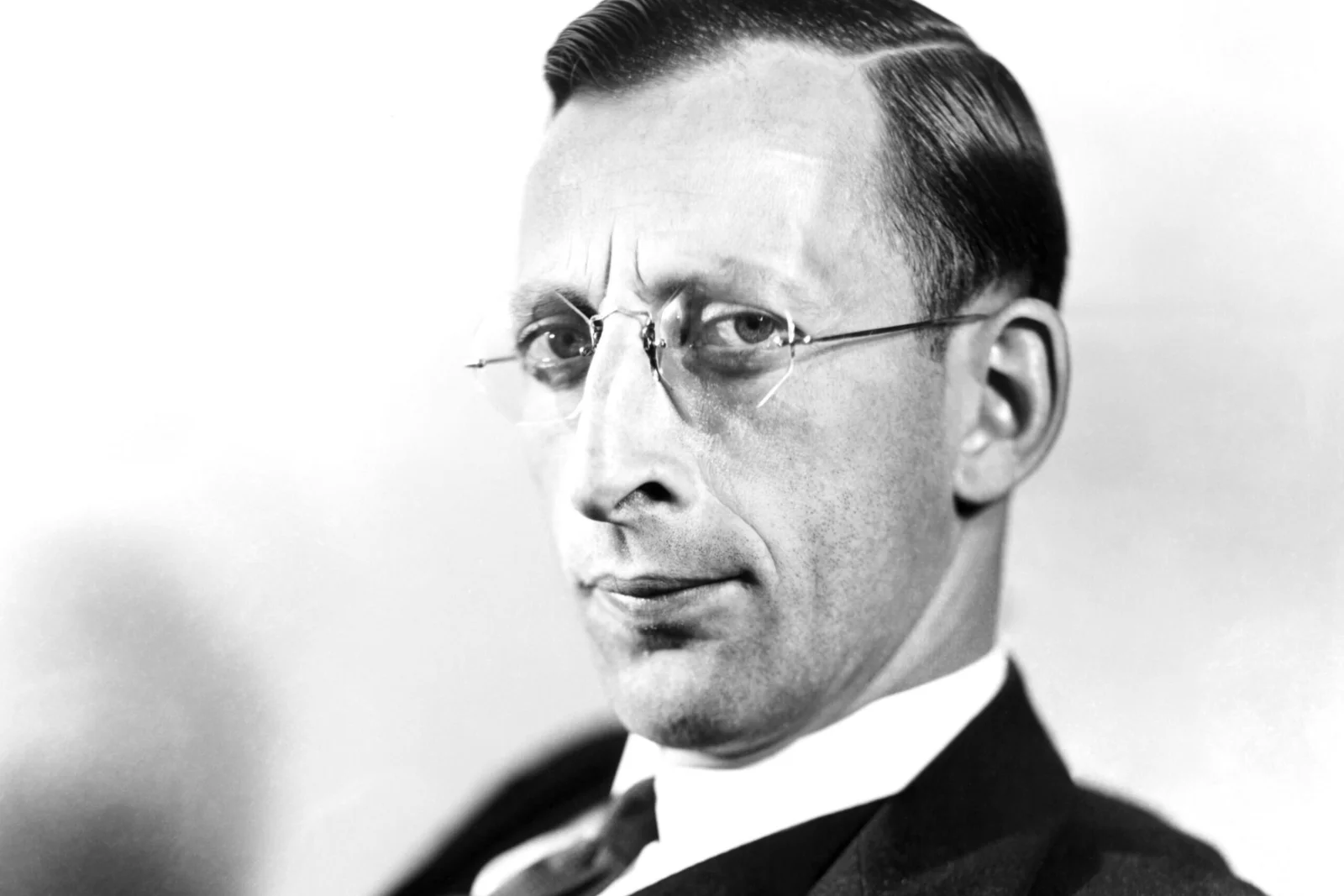
That stern, disapproving face peering over wire-rimmed glasses belonged to Charles Lane, perhaps the quintessential bureaucrat, banker, or officious government agent of 1960s television. With over 360 film and television appearances to his credit, Lane could be spotted delivering bad news, denying loans, or enforcing petty regulations on everything from “I Love Lucy” and “The Andy Griffith Show” to “Petticoat Junction” and “Bewitched.” His distinctive nasal voice and perpetually disgruntled demeanor made him television’s go-to curmudgeon for decades. His IMDb page really puts into perspective the scope of his filmography an the many beloved titles that had his involvement gracing the screen before things slwoed down.
Despite being instantly recognizable to millions of television viewers, Lane never achieved household name status and gradually disappeared from screens in the 1970s as television’s aesthetic shifted toward more naturalistic performances. What most viewers never realized was that Lane had been performing since the silent film era, making his first movie appearance in 1931 and working steadily for Frank Capra and other major directors before becoming television’s most familiar killjoy. Lane actually lived to the remarkable age of 102, passing away in 2007, but his prolific career went largely uncelebrated outside the industry that had employed him so consistently for over five decades.
2. Frank Cady
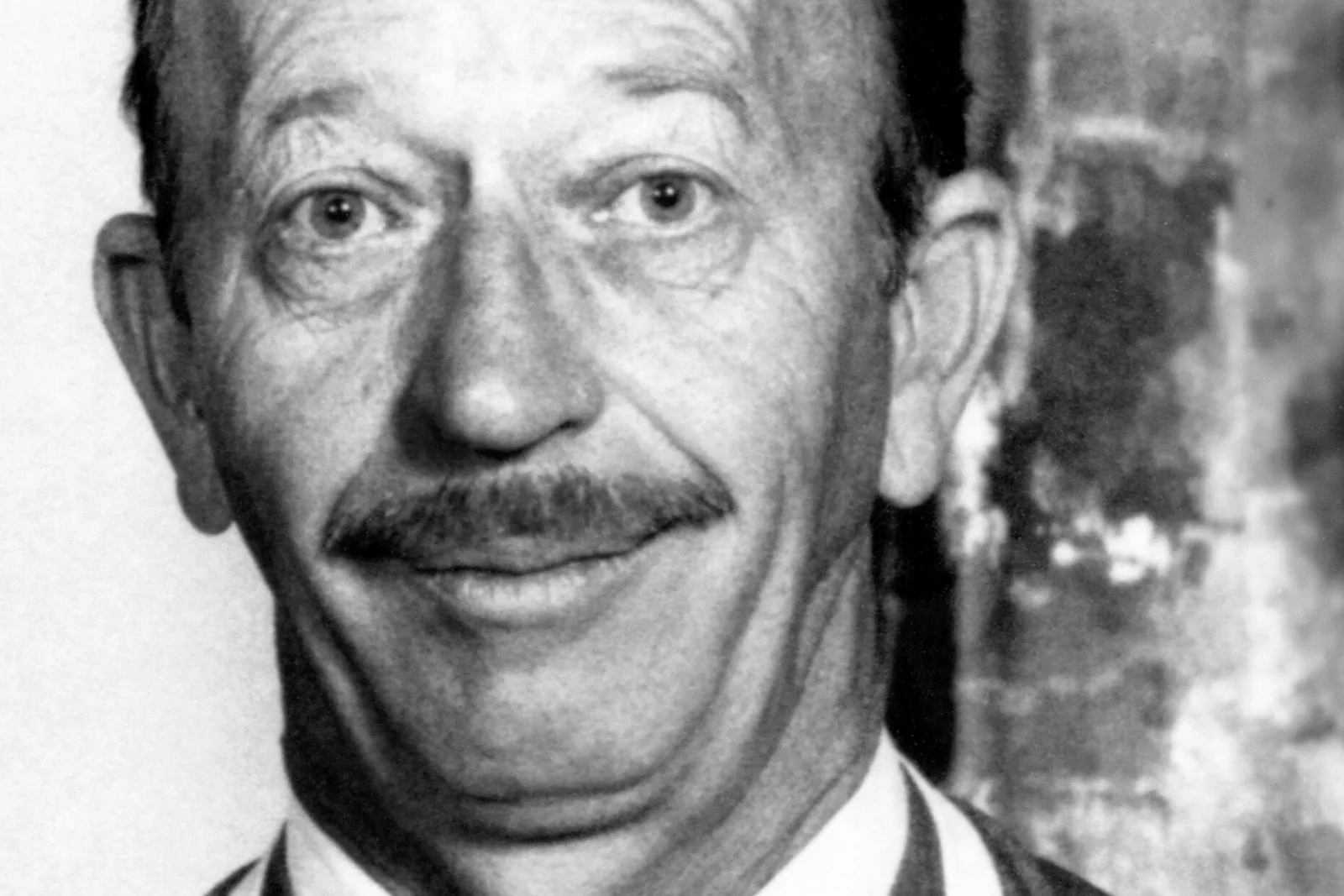
Every classic TV fan remembers Sam Drucker, the general store proprietor who incredibly appeared as the exact same character on three different sitcoms simultaneously: “Petticoat Junction,” “Green Acres,” and “The Beverly Hillbillies.” The man behind this television hat trick was Frank Cady, whose gentle, avuncular presence made him the perfect foil for the more eccentric rural characters surrounding him. Beyond his Hooterville universe appearances, Cady turned up on countless dramatic series including multiple episodes of “The Twilight Zone,” “Perry Mason,” and “The Virginian.” Turner Classic Movies makes it clear his rise to fame was a charmed one.
After the mass cancellation of rural-themed shows in the early 1970s—what many in the industry dubbed the “rural purge”—Cady’s familiar face largely disappeared from television screens except for occasional commercial work. The man who had been a fixture in America’s living rooms chose a quieter life away from Hollywood, occasionally speaking at fan conventions but generally preferring the privacy of retirement in Oregon. When he passed away in 2012 at age 96, many were surprised to learn that the ubiquitous character actor had been alive all along, having simply stepped away from an industry that had moved on from the wholesome country humor he had come to represent.
3. Paul Lynde
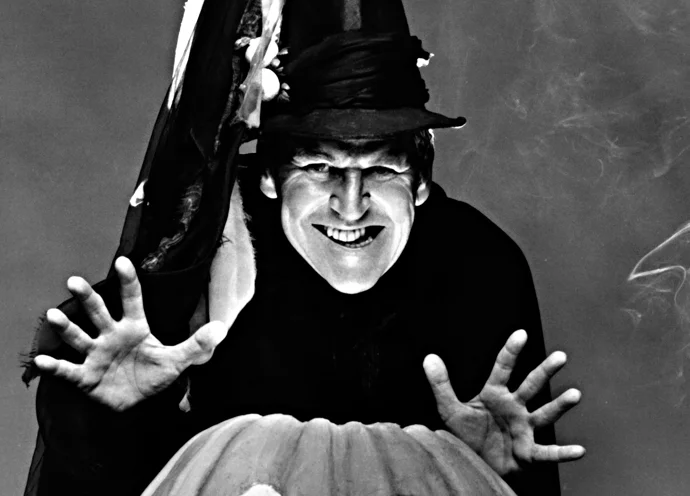
The sardonic center square on “Hollywood Squares” and the distinctively snarky voice of Templeton the rat in “Charlotte’s Web,” Paul Lynde brought his uniquely acerbic wit to dozens of television shows throughout the 1960s. Most memorably, he portrayed Uncle Arthur on “Bewitched,” stealing scenes with his over-the-top practical jokes and barely contained glee at causing magical mischief. His appearances on sitcoms like “I Dream of Jeannie,” “The Munsters,” and “The Flying Nun” always promised memorable moments of thinly veiled innuendo delivered with his trademark dramatic pauses. To this day, MeTV strongly remembers his Halloween special, which is a perfect example of the humor Lynde brought wherever he went.
Despite his popularity and unmistakable comic timing, Lynde’s star faded in the mid-1970s as his struggles with alcohol affected his reliability and his particular brand of camp humor began to feel dated. Network television’s shifting sensibilities left less room for Lynde’s theatrical delivery and double entendres, leading to fewer appearances and eventual obscurity before his untimely death in 1982 at age 55. While forgotten by younger generations, Lynde’s distinctive vocal inflections and eyebrow-raising delivery influenced countless comedians and animated characters who followed, though rarely with attribution to their obvious inspiration.
4. Pert Kelton
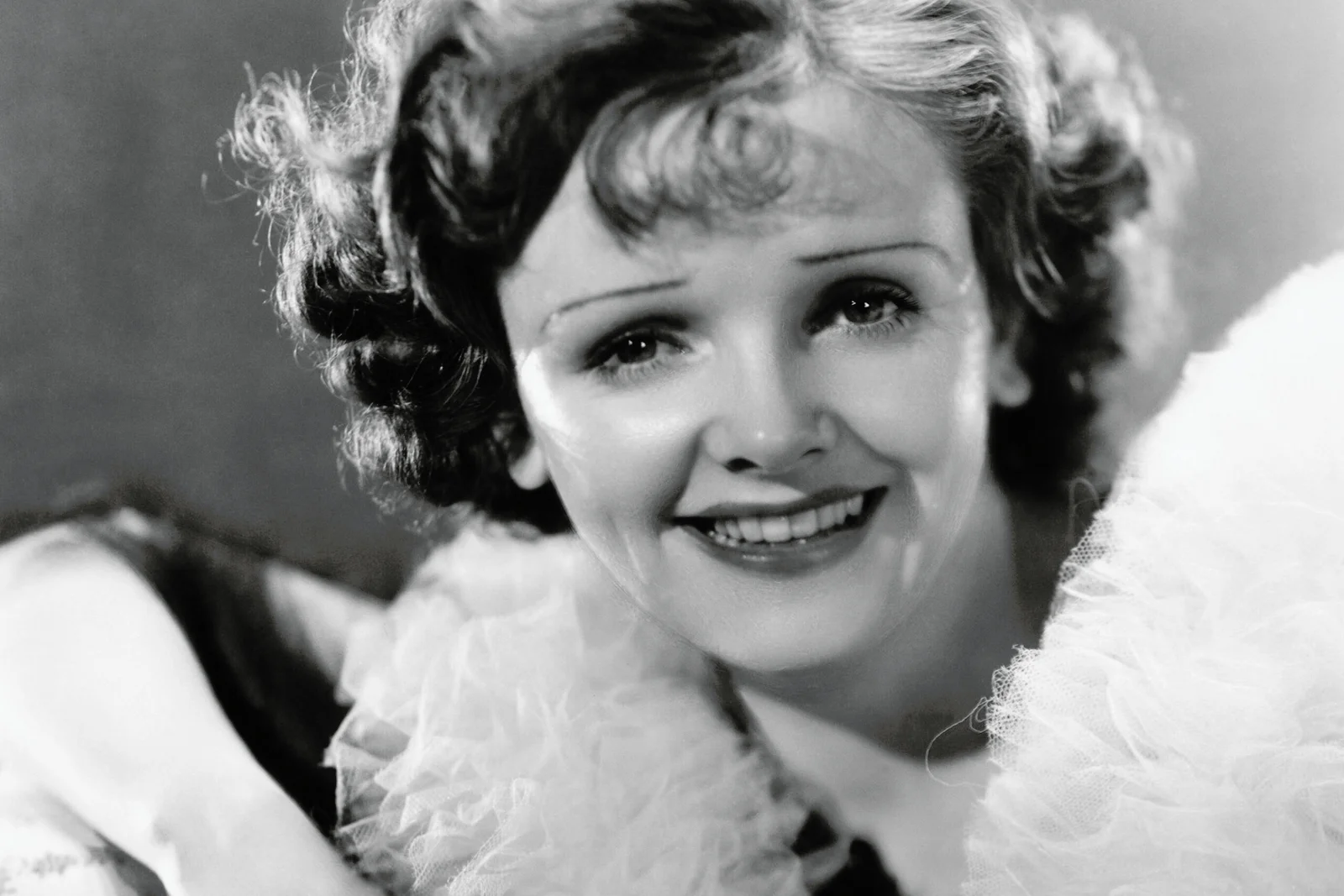
Before Audrey Meadows ever traded barbs with Jackie Gleason as Alice Kramden, Pert Kelton originated the role of Ralph’s long-suffering wife in “The Honeymooners” sketches on “Cavalcade of Stars.” When Gleason’s show moved to CBS, Kelton was blacklisted during the McCarthy era and lost the role that might have made her a household name. Nevertheless, her distinctive gravelly voice and expert comic timing kept her working throughout the 1960s, appearing on hit shows like “The Dick Van Dyke Show” (as Rose Marie’s mother), “The Twilight Zone,” and numerous westerns.
Kelton’s early career included vaudeville, Broadway, and pre-Code Hollywood films where she often played brassy, worldly women—a far cry from the grandmotherly roles she took on in her later years. By the late 1960s, her television appearances grew increasingly infrequent, and she passed away in 1968 at age 61 just as her career was winding down naturally. Despite working steadily for over four decades, Kelton remains primarily known to entertainment historians rather than the general public, her potential television immortality as the original Alice Kramden erased by political circumstances beyond her control.
5. Werner Klemperer
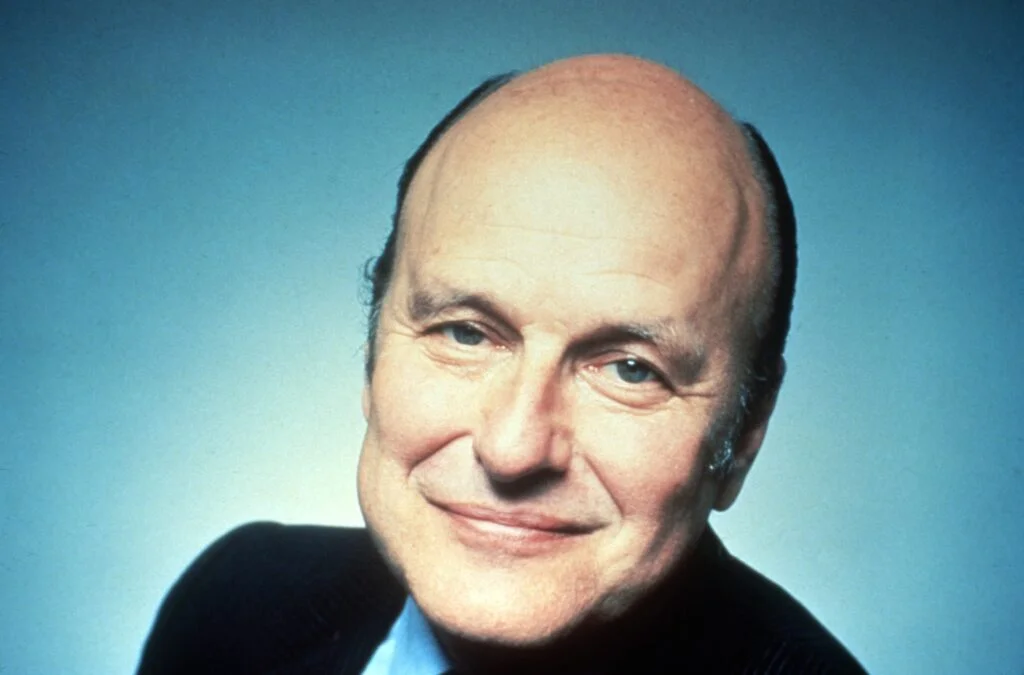
Though forever etched in television history as the bumbling Colonel Klink on “Hogan’s Heroes,” Werner Klemperer enjoyed a remarkably diverse career throughout the 1960s, appearing in prestigious films like “Judgment at Nuremberg” and guesting on popular series including “Perry Mason,” “The Man from U.N.C.L.E.,” and “The Virginian.” The son of renowned conductor Otto Klemperer, Werner brought surprising depth and occasional pathos to what could have been a one-dimensional Nazi caricature, winning two Emmy Awards for his performance as the pompous camp commandant.
After “Hogan’s Heroes” ended its six-season run in 1971, Klemperer—a classically trained musician and accomplished actor—found himself thoroughly typecast, unable to escape the shadow of the monocled colonel despite his considerable talents. Rather than accept diminishing returns in similar comic roles, he largely retreated from screen acting to focus on classical music, narrating orchestral works and occasionally performing as a conductor and violinist. His appearances became increasingly rare until his death in 2000, though he did occasionally embrace his Klink persona for voice acting roles and cameos that played on his famous character.
6. Nancy Kulp
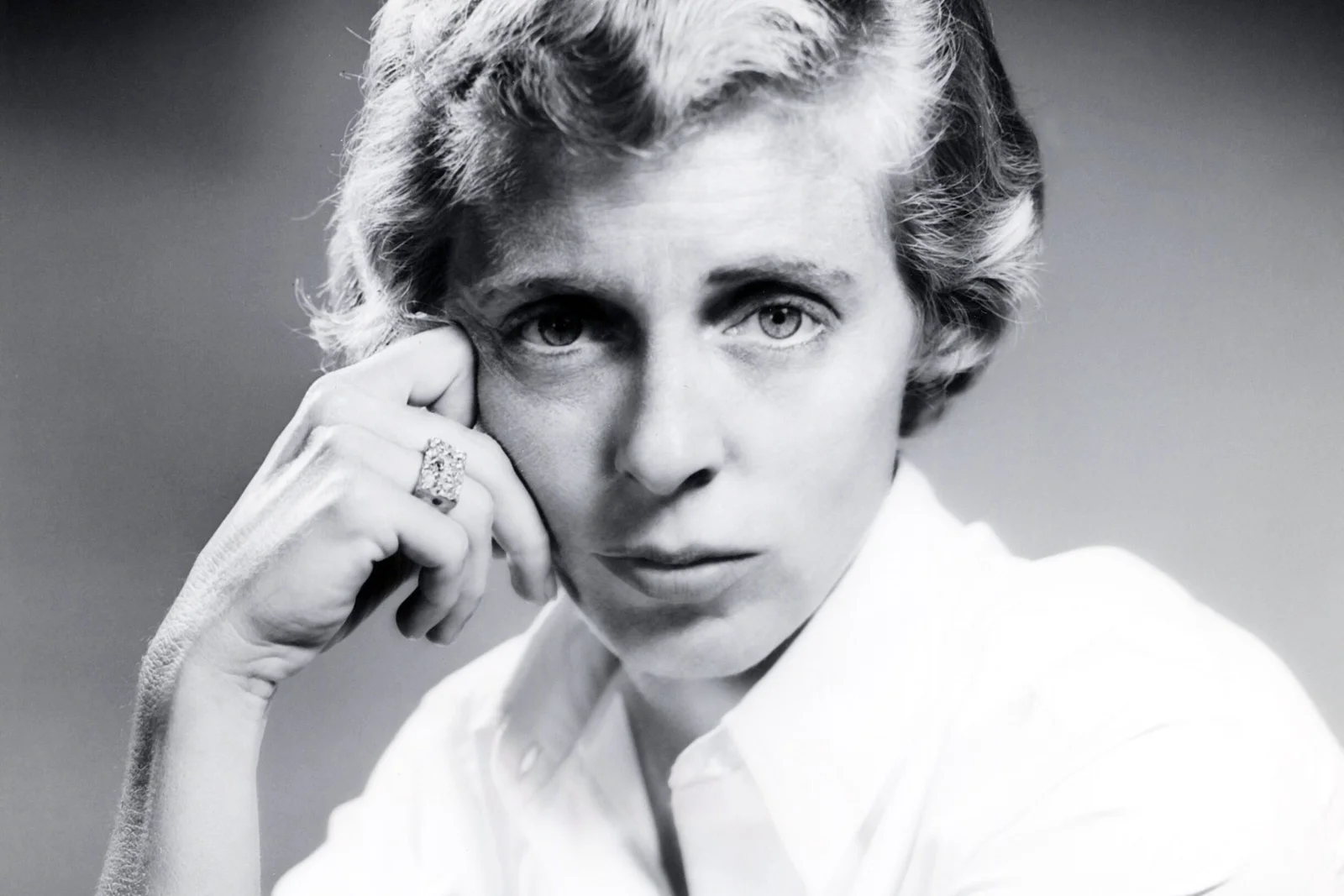
As the bird-watching, poetry-quoting, overeducated bank secretary Jane Hathaway on “The Beverly Hillbillies,” Nancy Kulp created one of television’s most memorable spinsters—a character whose intellectual pretensions and unrequited crush on Jethro provided a perfect counterpoint to the Clampetts’ rustic ways. Beyond her nine seasons on the massively popular sitcom, Kulp appeared on “Perry Mason,” “The Twilight Zone,” “The Jack Benny Program,” and numerous other shows, typically playing strait-laced, somewhat severe career women.
When “The Beverly Hillbillies” ended in 1971, Kulp found herself—like many character actors strongly associated with a single role—struggling to find comparable work. Unlike some who faded away bitterly, Kulp reinvented herself entirely, earning a master’s degree in comparative religion and eventually running for Congress in Pennsylvania in 1984 (unsuccessfully, after her former co-star Buddy Ebsen campaigned against her). By the time she passed away in 1991, Kulp had been largely absent from Hollywood for nearly two decades, having chosen an academic and political path over continuing to pursue diminishing acting opportunities.
7. Percy Helton
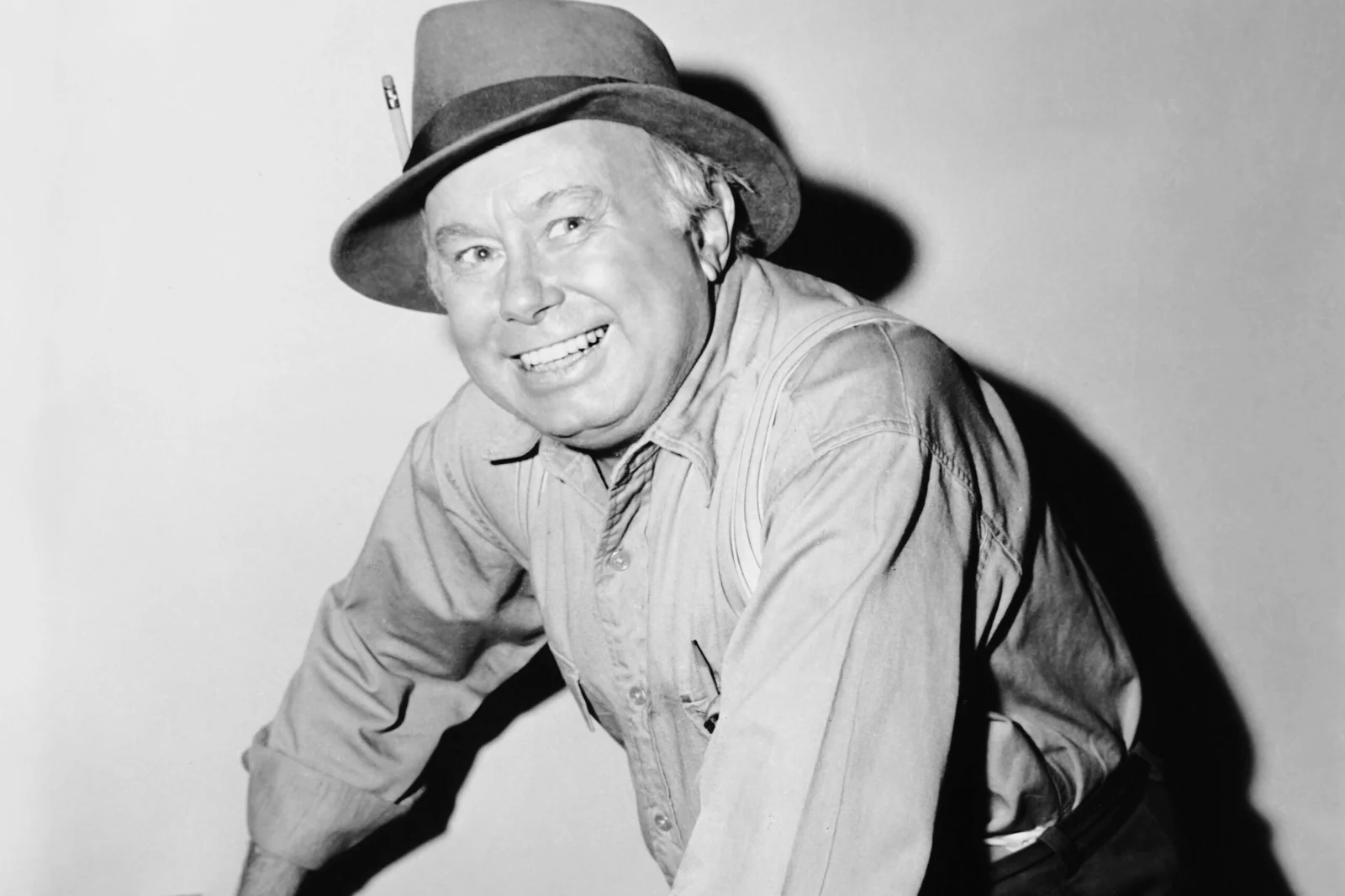
That gravelly, wheezy voice emanating from a slight, elder frame belonged to Percy Helton, whose distinctive presence enhanced dozens of westerns, crime dramas, and comedies throughout the 1950s and 1960s. Often cast as liquor store owners, hotel clerks, or nervous witnesses, Helton’s unmistakable vocal quality made him instantly recognizable even in the smallest roles. He appeared in classics like “White Christmas” and “Butch Cassidy and the Sundance Kid” while maintaining a prodigious television career with appearances on “Gunsmoke,” “The Twilight Zone,” and “The Andy Griffith Show.”
Despite being a familiar face and voice to millions of viewers, Helton never achieved name recognition commensurate with his ubiquity. As television production changed in the early 1970s and western series—his particular bread and butter—began disappearing from the airwaves, Helton’s distinctive brand of character acting found fewer suitable outlets. He largely retired from acting shortly before his death in 1971, leaving behind a legacy of over 250 film and television appearances that spanned four decades but securing little lasting fame outside of film aficionados who continue to point him out in classic movie scenes.
8. Elizabeth Patterson
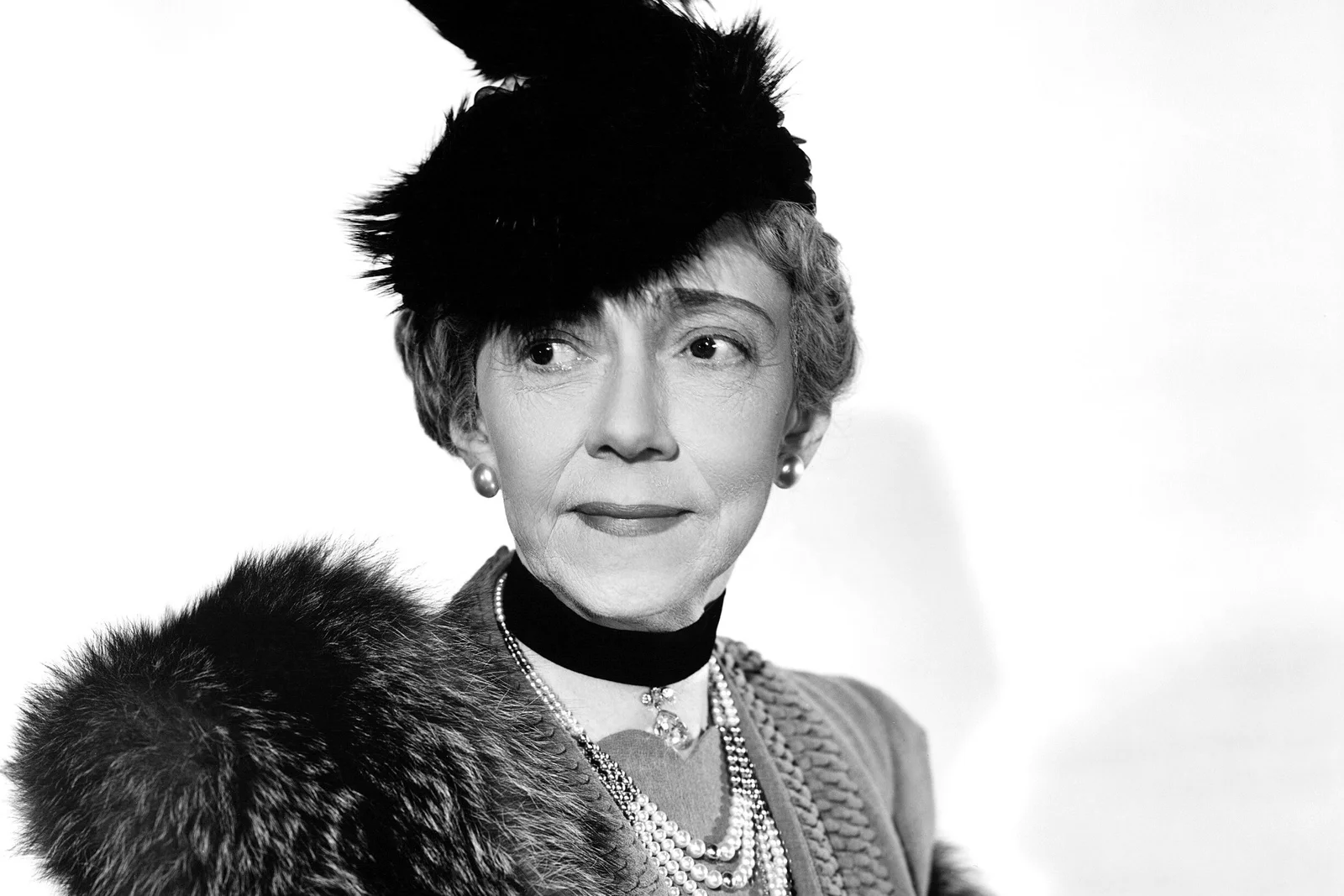
As the quintessential elderly neighbor, landlady, or housekeeper, Elizabeth Patterson brought a distinctive blend of firmness and warmth to dozens of television shows throughout the 1950s and early 1960s. Most memorably, she portrayed Mrs. Trumbull, the babysitter for Little Ricky on “I Love Lucy,” but her familiar face also turned up on “Perry Mason,” “The Untouchables,” and many early television anthology series. Her speciality was playing no-nonsense older women with hearts of gold beneath their occasionally gruff exteriors.
What many television viewers didn’t realize was that Patterson had come to Hollywood after a successful Broadway career and didn’t appear in her first film until she was nearly 60 years old. Already elderly when television production boomed in the 1950s, Patterson worked steadily until declining health forced her retirement in 1961. She passed away in 1966 at age 91, having built an impressive second career as a character actress at an age when most performers were long retired. Despite her prolific output in the early television era, her contributions have been largely overlooked in entertainment histories.
9. Vito Scotti
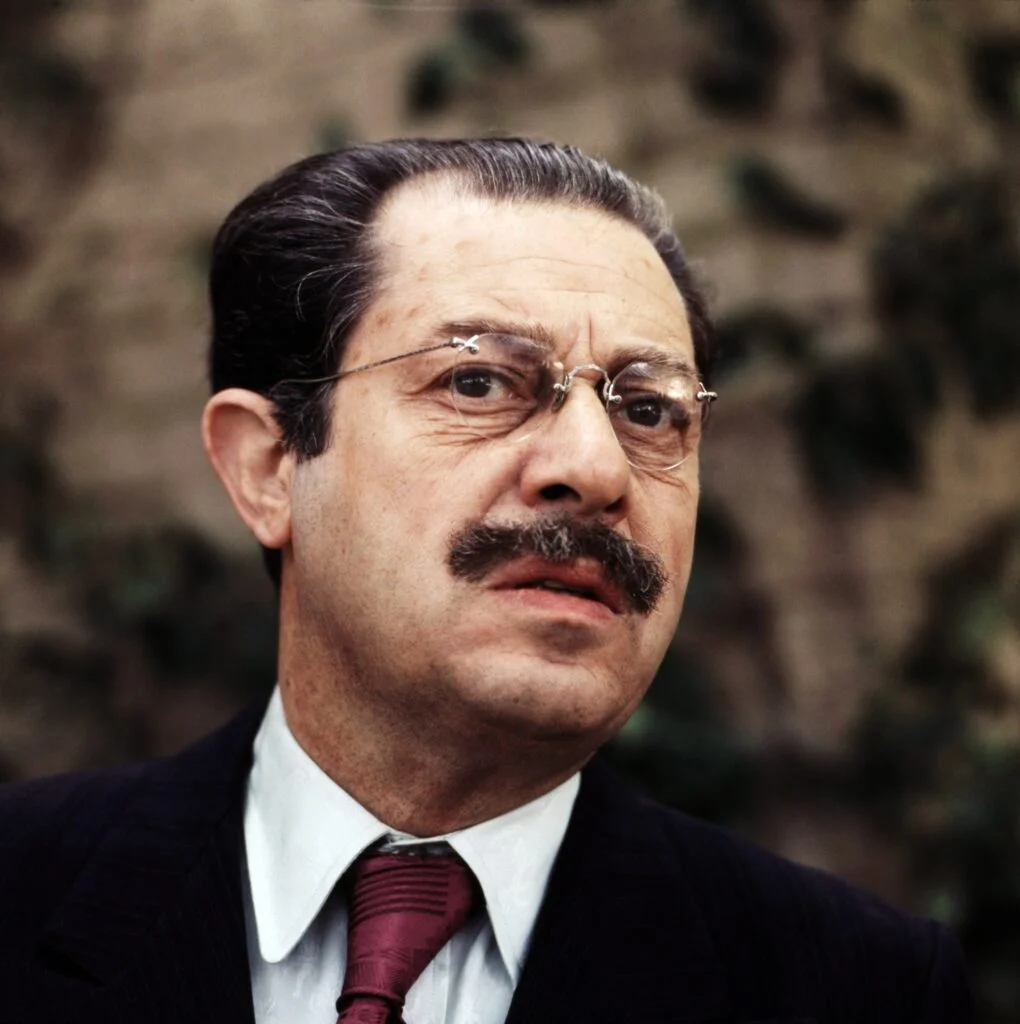
The man of a thousand faces and accents, Vito Scotti specialized in ethnic character roles, particularly Italian, Spanish, and Mexican characters who often provided comic relief. His chameleon-like ability to transform himself made him one of the busiest character actors of the 1960s, appearing on “The Twilight Zone,” “The Dick Van Dyke Show,” “The Addams Family,” “Gilligan’s Island,” “The Flying Nun,” and dozens of other series. Perhaps most memorably, he made multiple appearances on “The Andy Griffith Show” as different Italian visitors to Mayberry, each with a distinct personality.
Despite his versatility and constant presence on television throughout the 1960s, Scotti never broke through to starring roles or widespread recognition. As entertainment increasingly moved away from broad ethnic characterizations in the 1970s, Scotti’s particular specialty became less in demand, though he continued working in smaller roles and voice acting until shortly before his death in 1996. While largely forgotten by modern audiences, his distinctive presence and remarkable ability to disappear into wildly different characters across multiple episodes of the same series demonstrated a versatility few character actors could match.
10. Madge Blake
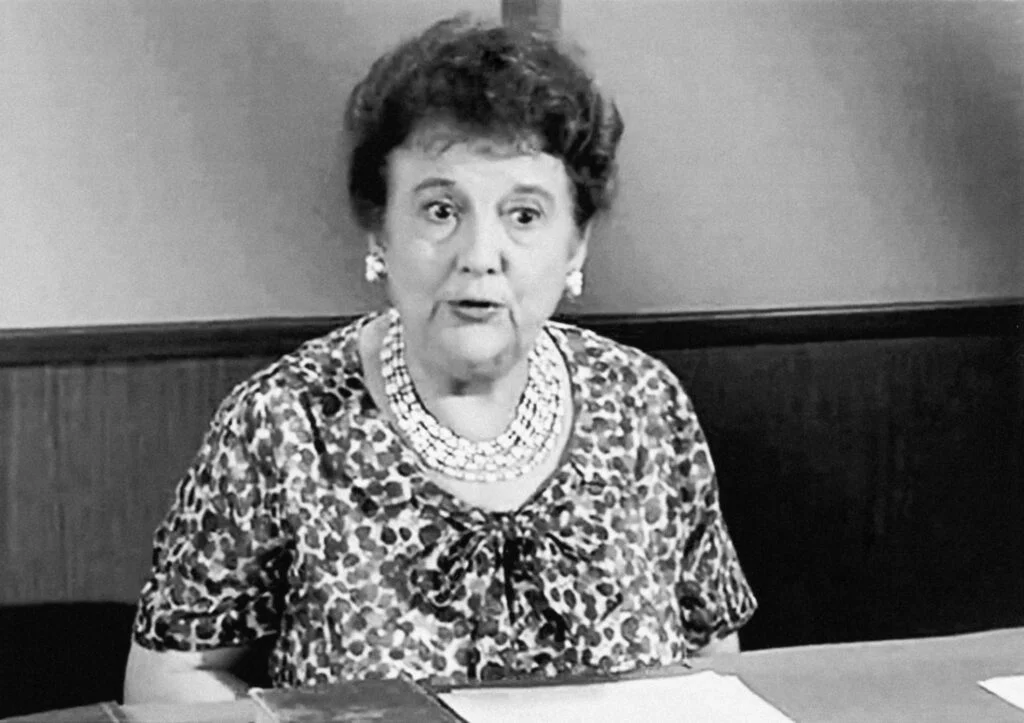
As the quintessential club woman, neighbor, or aunt, Madge Blake’s distinctive voice and matronly presence graced dozens of television shows and films throughout the 1950s and 1960s. Most memorably, she portrayed Aunt Harriet Cooper on “Batman” and Larry Mondello’s mother on “Leave It to Beaver,” but her familiar face also appeared on “The Real McCoys,” “The Jack Benny Program,” and “The Andy Griffith Show.” Her specialty was playing chatty, slightly gossipy women whose well-meaning interference often drove plot complications.
Few viewers realized that Blake came to professional acting relatively late in life, making her film debut at age 47 after years as a teacher and department store buyer. Health issues forced her to reduce her role on “Batman” during its second season, and she passed away in 1969 at age 69, ending a career that had packed remarkable productivity into just two decades. Despite appearing in over 120 productions and becoming one of the most recognizable character actresses of her era, Blake’s name remained unfamiliar to the millions who welcomed her into their homes weekly, her contributions largely uncelebrated outside the industry.
11. Dave Willock
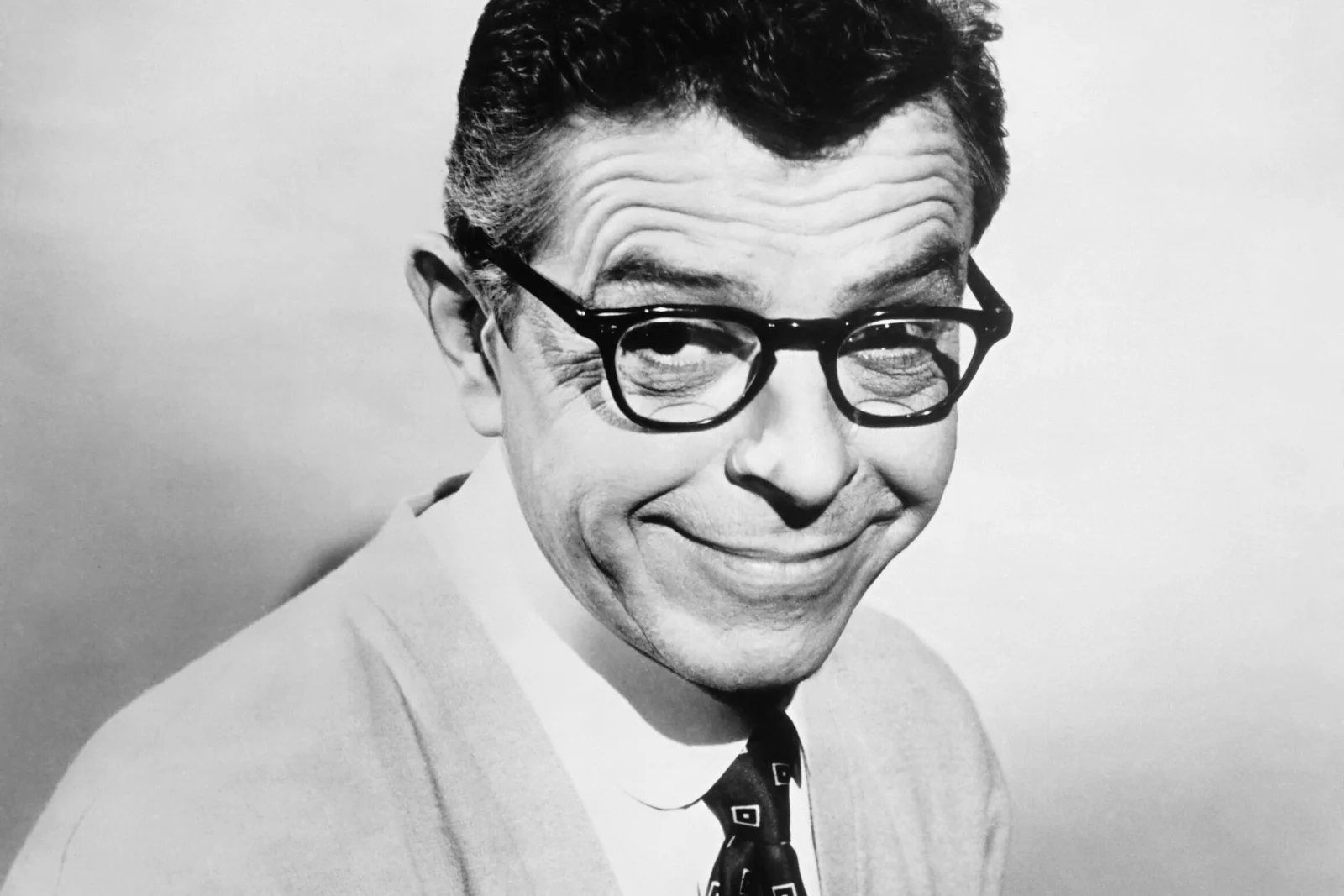
That friendly, slightly high-pitched voice often belonged to Dave Willock, who specialized in playing average working men, store clerks, and neighbors throughout the 1960s. A fixture on shows like “Batman,” “Green Acres,” “The Beverly Hillbillies,” and “My Three Sons,” Willock had a particular talent for making even the smallest roles memorable through his earnest delivery and expressive reactions. Beyond his on-screen work, his distinctive voice could be heard narrating “Wacky Races” cartoons and appearing in numerous commercials throughout the decade.
Willock’s career demonstrated remarkable longevity—beginning in vaudeville with partner Jack Carson before transitioning to radio, film, and eventually television—but he never achieved the name recognition his ubiquity might have warranted. As television production methods changed in the 1970s, Willock found fewer opportunities for the character bits that had been his specialty, though he continued working occasionally in voice-over and small roles until the mid-1980s. When he passed away in 1990 at age 81, his death went largely unremarked outside the industry, despite his having been a familiar presence in entertainment for over five decades.
12. Barbara Pepper

Best remembered as Doris Ziffel on early episodes of “Green Acres,” Barbara Pepper’s distinctive husky voice and robust presence made her a natural for playing waitresses, landladies, and world-weary women in dozens of films and television shows throughout the 1960s. Before being cast as Arnold the pig’s “mother,” Pepper had appeared on “Perry Mason,” “The Twilight Zone,” “The Untouchables,” and many other popular series, often playing working-class characters with a touch of brass.
What viewers didn’t know was that Pepper had begun her career as a beautiful Goldwyn Girl alongside Lucille Ball, with whom she maintained a lifelong friendship. Weight gain and personal struggles transformed her career from glamour to character roles, a transition she navigated with professional resilience. Health problems eventually forced her to leave “Green Acres” (replaced by Fran Ryan), and she passed away in 1969 at just 54, having packed hundreds of appearances into a three-decade career. Despite her prolific work, Pepper remains known primarily to devoted fans of classic television rather than enjoying the wider recognition her omnipresence might have merited.
These twelve actors represent just a fraction of the talented performers whose faces became familiar parts of our visual landscape in the 1960s, despite their names never achieving household status. Their ability to create memorable characters in minimal screen time demonstrated a particular skill that often went unheralded but proved essential to the entertainment ecosystem. As television moved into the 1970s and production models changed, many of these versatile performers found themselves facing an industry with fewer opportunities for their particular talents. Some retired gracefully, others reinvented themselves, and a few struggled against typecasting or changing tastes.
What they share is a curious legacy—having been simultaneously overexposed and anonymous, their faces instantly recognizable to millions who never knew their names. Today, when streaming credits often get cut short or skipped entirely, it’s worth remembering these workhorses of the entertainment industry whose reliable presence added texture and humanity to our favorite shows. The next time you rewatch a classic ’60s series, pay attention to those familiar faces in the background or in one-episode roles—you might be surprised how many times you exclaim, “There they are again!”


